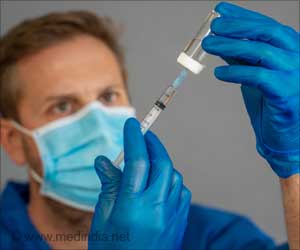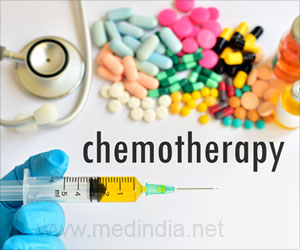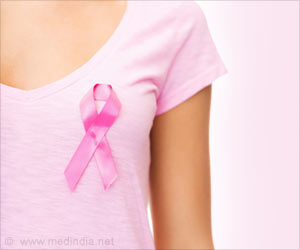“The world has never seen such rapid scale-up of a new life-saving technology,” says Amanda Glassman, executive vice-president of the Center for Global Development in Washington, DC. “The effort under way is inspiring.”
Upon reaching COVID-19 vaccination milestone Friday of 10 billion doses administered globally, according to Our World in Data, wealthier countries account for the vast majority, while poorer ones have been left behind.
There are still large inequalities in access, with only 5.5% of people in low-income countries receiving two doses, while researchers warned last year when the first one billion doses were administered.
Only 9.8% of people in low-income countries have received a first vaccine dose, according to the research company, while in wealthy countries many have had three doses, and some, such as Israel, are starting to offer a fourth.
The highly infectious omicron variant, which was detected in December and has gone on to become the leading variant in most places, is just such an example. Omicron has caused many breakthrough cases in people who are fully vaccinated and even had a booster dose, but those cases are usually mild or asymptomatic.
The majority of hospitalizations and deaths from omicron are in unvaccinated people, who remain at high risk of contracting it as it spreads rapidly through communities.
“It will be key that people in all countries not just in rich countries receive the required protection,” the World in Data team wrote.
The WHO is targeting vaccinating 70% of the world’s population this year and has said reaching that goal would move the world out of the “acute phase” of the pandemic, the period in which it remains an international emergency.
By contrast, many of the world’s high- and middle-income nations are now pushing ahead with progammes to deliver third, or even fourth doses, with these boosters currently making up around one-third of all COVID-19 vaccine doses administered each day worldwide. Some scientists caution that this continued inequity increases the risk of new SARS-CoV-2 variants emerging from poorly vaccinated populations.
“As an African, the real significance of reaching ten billion vaccines administered is the extreme inequity that exists in vaccine distribution between the global north and global south,” says Mosoka Fallah, founder of Refuge Place International, a public-health organization headquartered in Bassa Town, Liberia. “Until we correct this inequity, the world will continue to see new variants.”
At present, just 16% of people across the entire African continent have received even one dose of a COVID-19 vaccine. Wealthy nations have been donating surplus vaccine doses to low-income nations, but Fallah says that if patents were to be waived on existing vaccines an issue that is currently the subject of debate at the World Trade Organization in Geneva, Switzerland it would allow more countries to make their own vaccines, increasing supply.
COVID cases and hospitalizations are declining in the U.S., according to a New York Times tracker, although deaths, which are a lagging indicator, are steadily climbing. The U.S. is averaging 2,530 deaths a day, the tracker shows, up 34% from two weeks ago.
Despite these issues and the challenges with distribution, reaching the milestone of 10 billion doses “is an unprecedented global moment,” says Soumya Swaminathan, chief scientist of the World Health Organization, based in Geneva. “It is a huge scientific achievement that ten billion doses of vaccines to a new pathogen were developed in two years from its identification.”
Source: Medindia



